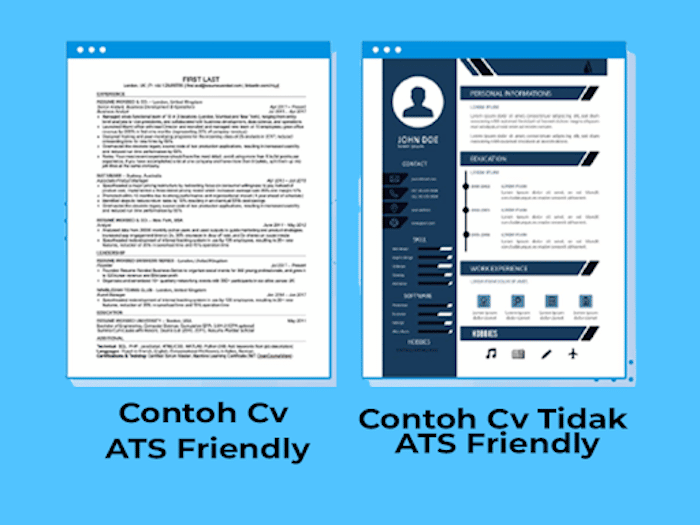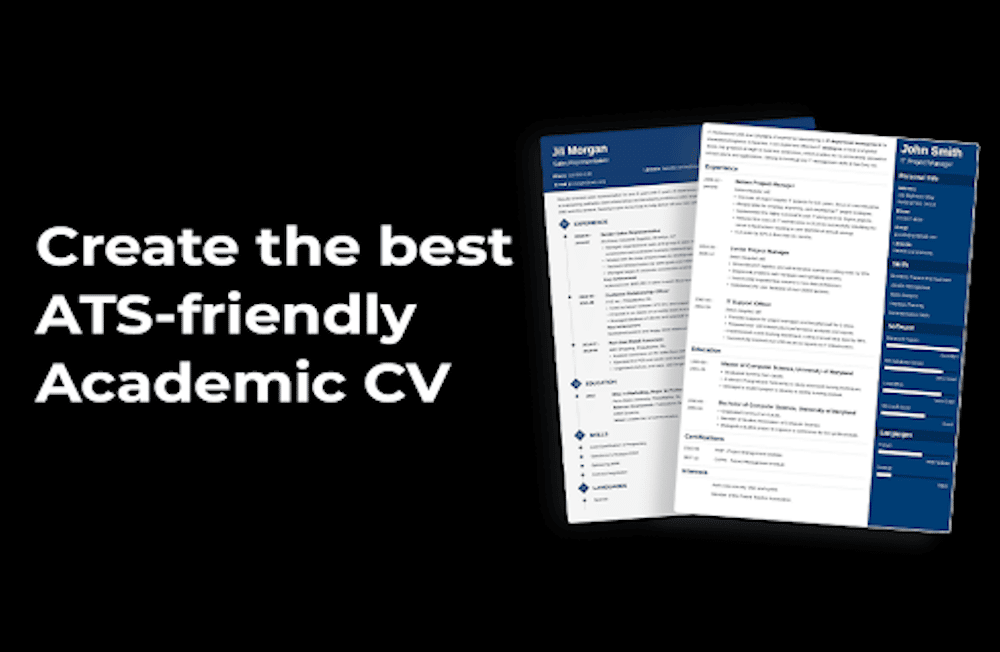Table of Contents
Have you ever wondered why you have yet to receive a call from the hiring manager from the most reputed companies to which you have submitted your CV, even though you have the qualifications?
The answer is because of your resume. Almost 75% of job applications are rejected before even reaching the organization’s hiring manager. The rejection is done by AI software known as the ATS.
What is an ATS?
ATS, also known as Applicant Tracking System, is software recruiters and employers use to track candidate applications for recruiting and hiring.
This software uses an AI algorithm to filter, manage and analyse applications.
Why does a company use ATS?
Some organizations need help to connect with top job seekers or create a wide enough position in the marketplace.
While other companies might miss essential data or lack brand recognition. ATS can solve these critical challenges using its AI technology to sort or create an ideal candidate profile, identify the required skills and predict success factors related to each hire.
This helps the organizations to understand candidate behaviour, maximize brand recognition and target specific job seekers.
How To Write A CV that is fit for ATS?
Applicant tracking systems are more of an electronic gatekeeper between job-seekers and hiring managers.
The ATS system sorts a resume’s content into specific categories and scans for specific keywords to determine if the resume should be passed along or rejected.
ATS sorts out unqualified applicants so that it’s easier for the recruiter to evaluate eligible candidates who are more of a match for the position.
This comes with the fact that if a resume needs to be well written and formatted in regard to the ATS format, a qualified candidate can be easily skipped without even getting a call from the interviewer.
You can click here to find out how to write an ATS-friendly academic CV.
Top points you need to look out while writing your resume
- Selecting the right file type
- Optimize with the right keywords
- Avoid Images and Graphics
- Use bullet points only
- Use a crisp design with a proper hierarchy
Let’s find out in detail about each points

Selecting the right file type
You must hold back if you are thinking of submitting your CV in a .pdf format. A resume made in PDF is not the most ATS-friendly type.
A PDF might be the most efficient way to preserve the design and format of the resume. However, it is not compatible with all ATS software.
If the system doesn’t exactly mention the compatible file types while submitting your resume, stick to a word document.
Example: .doc or .docx. You can also use plain-text files that are incredibly ATS-friendly, but they have limited formatting options.
While writing the resume template, you must remember that your resume will go through two audiences. The AI will do the pre-screening, and the live human (recruiter) will review your resume content.
Therefore, a Word document type is perfect for your resume as it should make it past the ATS system and provide more creative freedom while creating your resume that will be appealing to the recruiter or hiring manager.
We recommend using professional CV writing services if all of these seem difficult for you.
Optimize with the right keywords
ATS software scans your resume for job-related resume keywords and cover letter keywords to determine if your qualifications are relevant to the position.
Although newer ATS software employs AI to determine whether your resume is relevant to the job requirements, many businesses still rely on older software that searches for resume keywords.
Look through the job posting for these words to include on your resume to increase your opportunities of getting an interview.
Avoid using “buzzwords,” which is considered to be trendy marketing term such as “proactive” or “self-starter.
Rather use keywords that represent the soft and hard skills you have and also include the experience you’ve gained over the years that qualifies you for your target job (if you have any).
First, include a section in your resume professional summary called “Core Competencies” or “Areas of Expertise” that describes your best hard and soft skills.
Include both variants of a typical shorthand for one of your skills, such as “SEO” (for search engine optimization), in your resume.
Then, include these terms in your “Work Experience” or “Education” sections to illustrate when you used that expertise.
Avoid images, charts, and graphics
While these may look catchy to the human eye, resumes incorporated with images become a mess, or get completely removed from your resume after it passes through the ATS.
For example, if you include an image or chart to showcase your skills, the ATS scanner will be unable to process it.
Also, if you use a catchy graphic to brand your name, the piece of information will be lost while passing through the applicant tracking system (ATS).
Use bullet points only
When used efficiently, bullet points are a great deal for highlighting your accomplishments and qualifications on a resume.
However, your important selling points could get scrambled if you use an elaborate symbol for the highlights.
Don’t use intricate characters while creating a bulleted list in your ATS-compliant resume template. Please stick to the simplest options to enhance your resume rather than making it incompatible with an ATS.
Use a crisp design with a proper hierarchy
While creating your ATS-friendly resume template design, writing less is more. Complex resume designs and odd layouts confuse most applicant tracking systems and infuriates recruiters who are used to quickly reading a resume for discrete information they expect to find in specific information in the document.
Stick to a conventional format if you want your resume to pass the ATS. The resume format should include:
- A professional overview at the start of the page which highlights your major abilities.
- A chronological hierarchy of your qualifications.
- A “Work History” section that illustrates how you’ve used these traits to achieve outcomes for your employers.
Therefore, you should only use a functional resume structure at some costs, where the emphasis is on your abilities rather than a chronological employment history.


